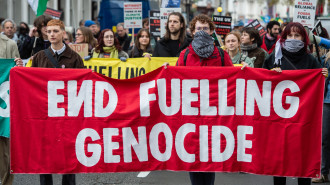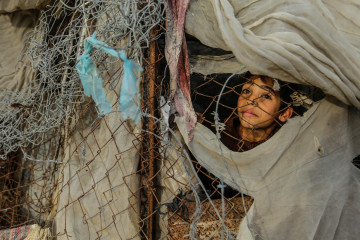
How Israel's blockade of Gaza created an environmental catastrophe

As some of the most brutal Israeli airstrikes in recent memory pound the Gaza Strip, it has taken little time for the human consequences of the latest round of hostilities to manifest.
A vivid example came on October 17, when an explosion at the al-Ahli Arab Hospital killed hundreds of Palestinians.
But the full extent of the violence’s toll, including its impact on Gaza’s festering environmental issues, may take longer to become apparent. Nonetheless, some of the Israeli siege’s effects on Gaza’s environment are already coming into focus.
"The inability to access, manage the natural resources sustainably and to enforce laws and instructions, as a result of the Israeli occupation, are aggravating the threats of climate change, especially with the high population rate, poverty level, and food insecurity"
Among Gaza’s most visible, persistent environmental issues has been a shortage of drinking water.
In 2019, UNICEF reported an alarming set of statistics: 96 percent of the water from Gaza’s aquifer was “unfit for human consumption” while only a tenth of Gazans enjoyed “direct access to safe water.”
The international organisation added that 1.8 million of the territory’s residents — half of them children — needed “some form of humanitarian Water, Sanitation and Hygiene (WASH) assistance.”
UNICEF described WASH access as “a basic human right.”
At the time, UNICEF called much of the water crisis “the result of Gaza’s blockade,” an assessment echoed by nongovernment organisations.
“Israel’s blockade of Gaza severely limits materials from entering, making it incredibly difficult to develop water and sanitation infrastructure to meet the needs of a growing population,” Oxfam warned in 2017.
In 2020, the human rights organisation B’Tselem said much the same about “the water crisis in the Gaza Strip under the Israeli blockade,” asserting “Israel’s responsibility for creating this situation.”
|
|
While Israel has blockaded Gaza since 2007, Israeli officials’ proclamation of a siege on the territory has turned a water crisis into a humanitarian disaster.
Reports are circulating of Gazans fighting a wave of thirst with tap water polluted by seawater and sewage as Gaza exhausts its limited supply of potable water.
While Gaza could once count on desalination plants for a source of drinking water independent of its contaminated aquifer, Israel severed Gazans from the electric grid on October 9, leaving the desalination plants without a power supply.
The United Nations Relief and Works Agency for Palestine Refugees in the Near East, better known as the UNRWA, painted a bleak picture of the water crisis in an October 17 report: “Water remains a key issue as people will start dying without water. Concerns over dehydration and waterborne diseases are high given the collapse of water and sanitation services, including today’s shutdown of Gaza’s last functioning seawater desalination plant.”
The other headline-grabbing aspects of Israel’s campaign in Gaza will exact their own toll on the natural environment. In an October 12 press release, Human Rights Watch concluded that Israel was using white phosphorus in Gaza and Lebanon.
The human rights group indicated that white phosphorus “can severely burn people and set structures, fields, and other civilian objects in the vicinity on fire” and that its use therefore “magnifies the risk to civilians and violates the international humanitarian law prohibition on putting civilians at unnecessary risk.”
Yet the dangers of white phosphorus extend beyond these immediate risks. A 2010 study reviewing the use of “phosphorus weapons” in urban areas in Gaza as well as Iraq, Lebanon, and Yemen found that “the environment was severely damaged.”
The Agency for Toxic Substances and Disease Registry in the United States maintains a fact sheet warning that the substance can contaminate soil, bodies of water, and even animals, including fish, posing a long-term threat to humans.
Given many Gazans’ dependence on fishing for their livelihoods and diets, the impact of further deployments of white phosphorus could become severe. The weapon may also hinder agriculture in Gaza, which was already suffering from problems with soil salinity that the U.N. Environment Program highlighted in a 2020 report.
But some of the greatest costs for the environment — and the Gazans who rely on it — may result from the devastation of infrastructure. A 2022 article by scientists based in Canada, the United States, and Gaza itself argued that “the destruction of Gaza’s infrastructure is exacerbating environmental health impacts.”
The article cited instances of Israeli operations that damaged farmland, contributed to disease outbreaks and pollution, and hindered climate change mitigation and waste management.
The authors emphasised “the undisputed responsibility of the Government of Israel as the occupying power to address environmental degradation impacting Palestinians and not increase this degradation through the destruction of infrastructure.” A tightening Israeli siege will exacerbate all these environmental issues.
The precise extent of the ongoing violence’s impact on Gaza’s environmental issues will only become clear once it ends. But the relationship between repeated military campaigns against Gaza and the territory’s struggles with environmental degradation already appears certain.
A UN fact sheet on Palestine’s environmental issues sees a direct link to Israeli policies: “The inability to access, manage the natural resources sustainably and to enforce laws and instructions, as a result of the Israeli occupation, are aggravating the threats of climate change, especially with the high population rate, poverty level, and food insecurity.”
Bombarded and besieged, Gaza’s environment— like Gazans themselves — will continue to suffer.

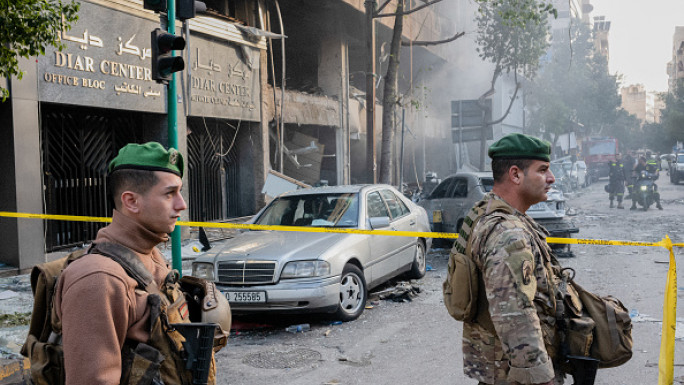

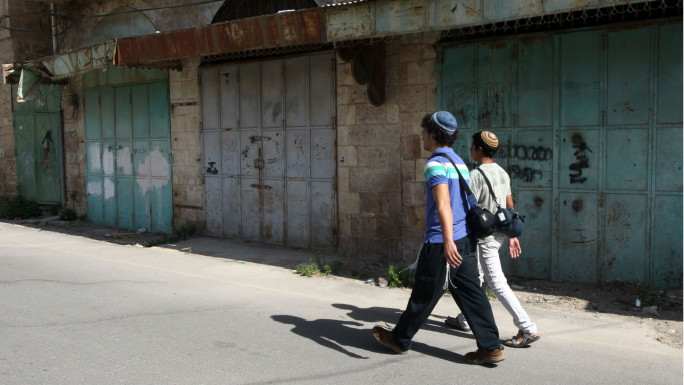
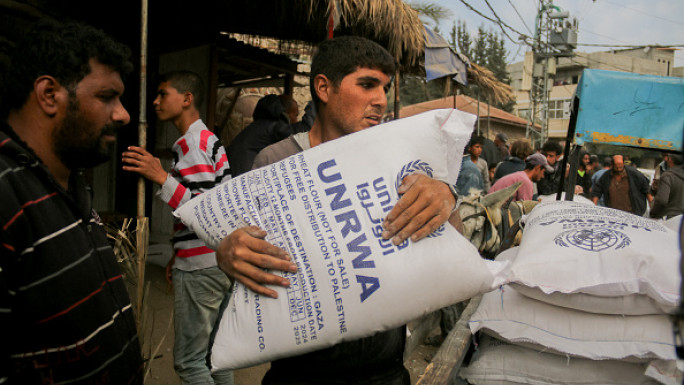
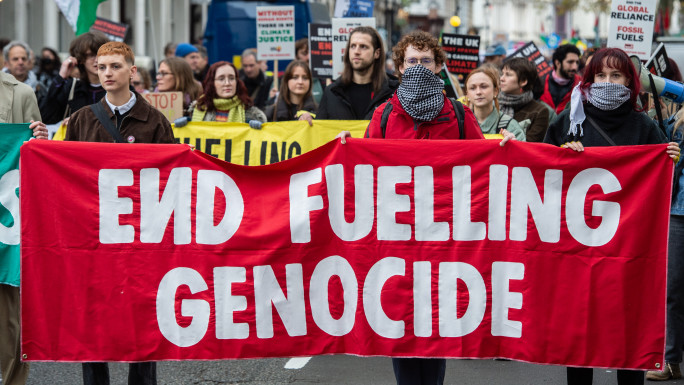
 Follow the Middle East's top stories in English at The New Arab on Google News
Follow the Middle East's top stories in English at The New Arab on Google News


